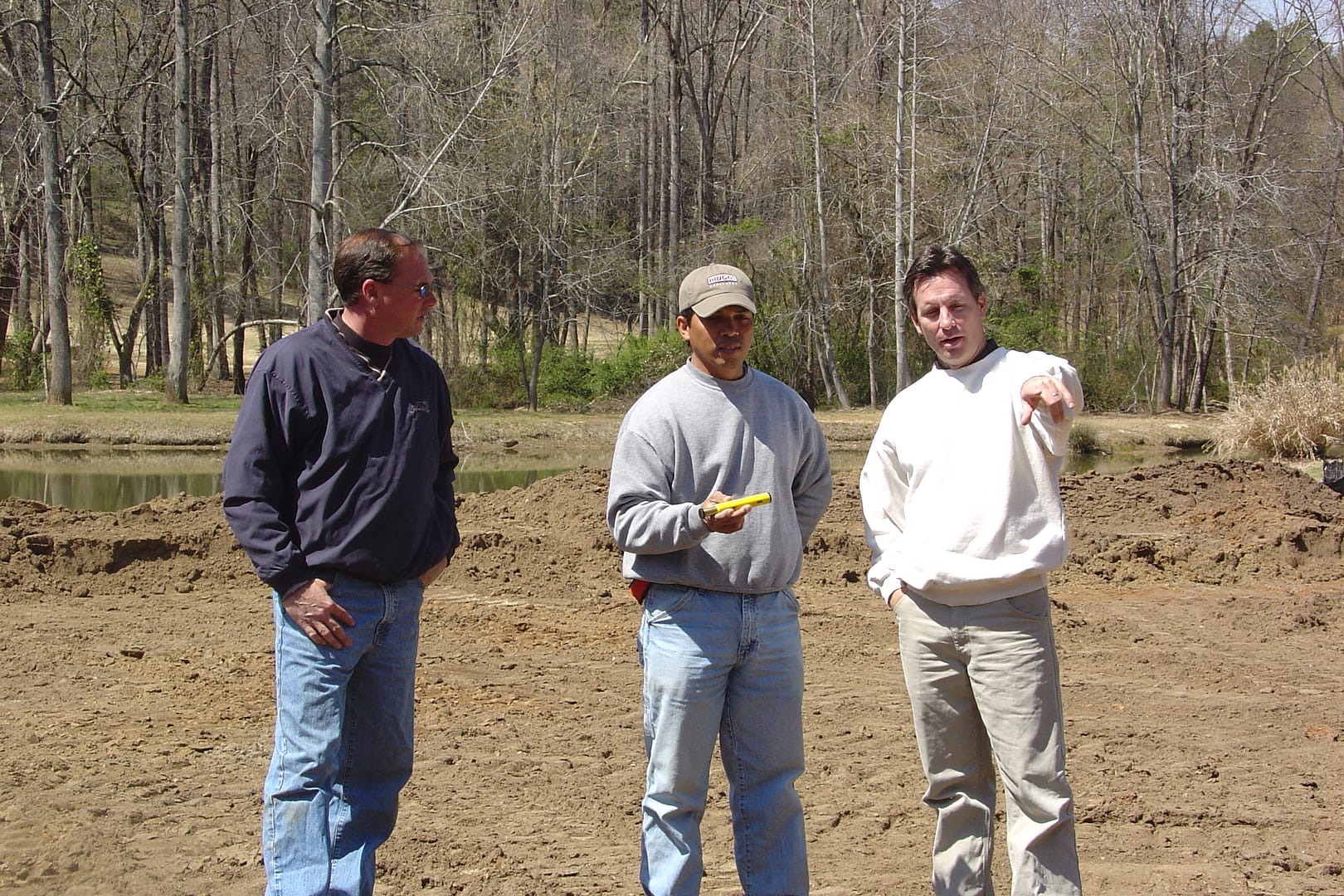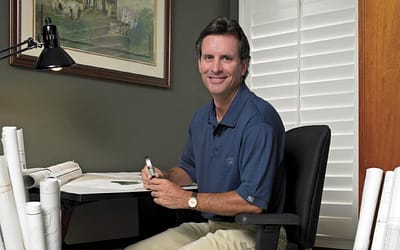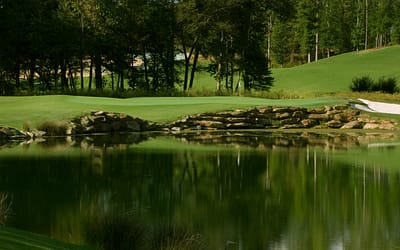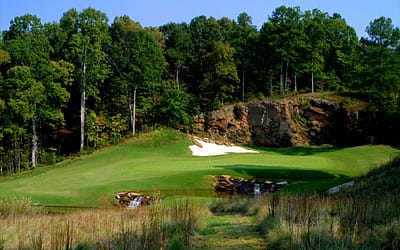Mentored by the game’s all-time greatest player, the president of Michael Riley Design, LLC, has come into his own as a golf course designer
View the original article in PDF format.
Shortly after graduating from Clemson with a degree in horticulture, Mike Riley’s design career took a path similar to Cupp’s. He started work at Nicklaus Design in 1983, and in fact it was Cupp who helped Riley land the job. As a design associate for projects in locales such as Hawaii, Guam and Japan, Riley became influenced by Nicklaus’ focus and how much he could accomplish during his site visits.
A favorite story of his is to explain how he once called Nicklaus regarding a certain green being built in Japan. It took Nicklaus several moments to recall the green, but, Riley says, “As soon as he had it in his head he knew every nuance about [it]. That was just one golf course of who knows how many at the time – 25 or 30 golf courses we were doing around the world – and he could tell you the nuance of the third green of the third nine of a course we were doing in Japan that he’d been to once.”
“Jack does everything in the field,” Riley says. “A lot of people might think that he [doesn’t] do the actual design, but everything you see on a golf course is Jack Nicklaus. He placed every bunker, he set every depth of every bunker, what the green shape would be, what the elevations would be – everything about that golf course was purely Jack.”
This interpretive approach to design stayed with Riley once he started his own business in 1992, following a short stint working with Cupp in Atlanta. “My style is to do it in the field,” he says. “I think that’s how you get the best results – seeing different things, working with the guys shaping and moving dirt and getting different ideas from that standpoint. So you start with the strategies and the plans and that type of thing but, once we get out there and start moving, the design evolves naturally.”
Riley’s solo projects include Crooked Creek Golf Club in Alpharetta, Reunion Golf Club in Hoschton, and Governors Towne Club in Acworth (opened 2004), where Curtis Strange assisted with the design. As new course construction has waned and renovation becomes a more viable source of work for architects, Riley has created something of a niche in the Atlanta area. He began working with Atlanta Country Club when he was with Cupp, and in the years since he’s helped fix or update nearly every aspect of the course. He followed that ongoing work with renovations of Brookfield Country Club in Roswell and The Standard Club in Duluth.
In playing his designs it’s clear that Riley isn’t afraid of bold architecture, case in point being the par-5 seventh at Reunion featuring a string of echelon bunkers across the center of an enormous fairway and two alternate putting surfaces separated by a chasm bunker. His work at The Standard Club, employing native grasses and developing lacey-edged bunkers, is also reminiscent of a classical aesthetic.
This is all good practice for his latest project, a renovation of Rivermont Golf & Country Club in Alpharetta where Riley will install links and Golden Era-inspired architectural features including Coffin and Hell Bunkers and a Valley of Sin variation.
“We’re going to have a Redan green out here, and the ninth hole plays straight uphill to a blind green so we’d have a Punchbowl there,” he says. “I may have a 3,000-square-foot green and follow it up with a 10,000-square-foot one that might be a little square in its appearance. It’s more fun to design that (rather) than just putting out a green with a bunker right and a bunker left.”
Indeed.
In the same category





